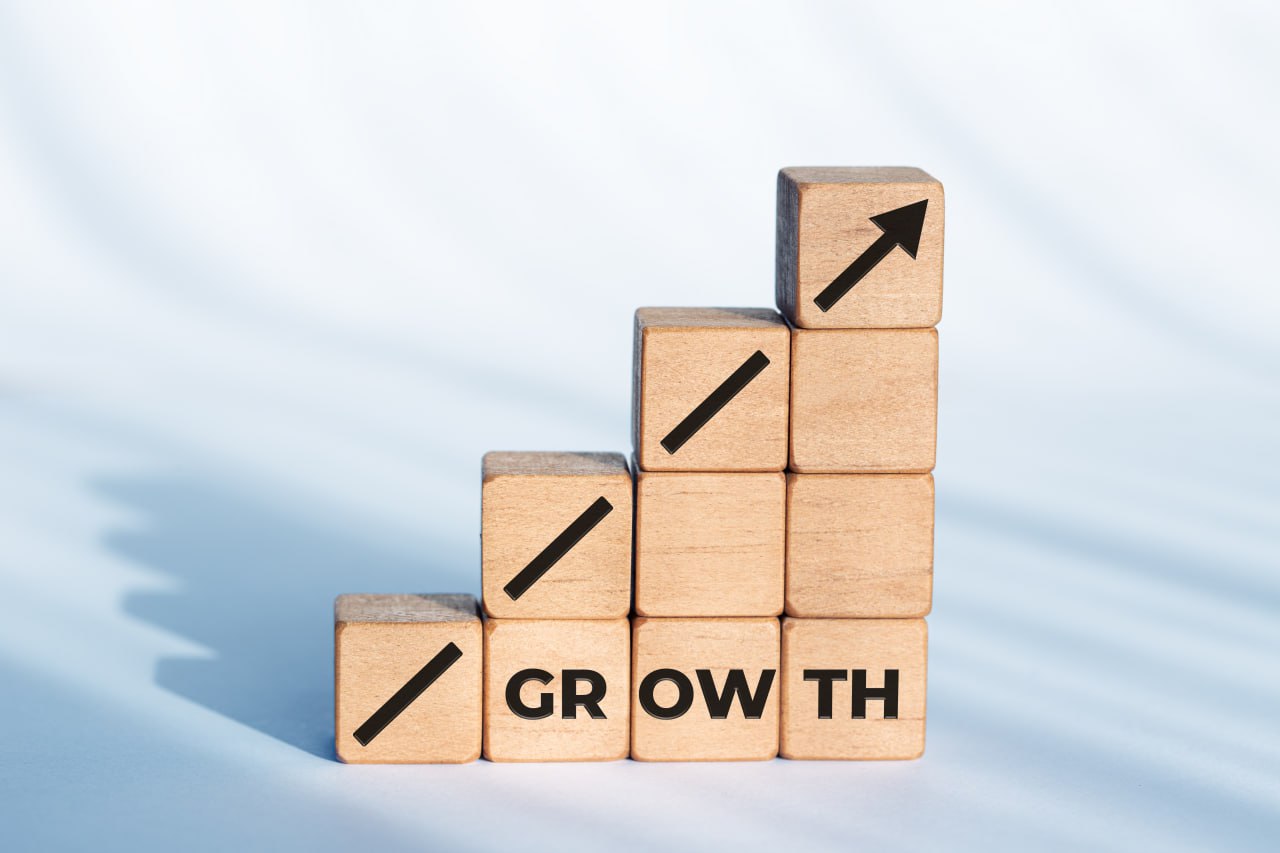Paid Traffic vs. Organic Growth: Which One Gets You to $1M Faster?
Introduction
When it comes to scaling a business, especially in the world of email marketing, one of the most debated topics is whether paid traffic or organic growth is the better approach. Marketers, entrepreneurs, and business owners are always looking for the fastest way to scale to $1M in revenue, but the path they take can make a huge difference in the long run.
Should you invest in paid ads to accelerate growth, or should you build an audience organically for sustainable success? In this in-depth guide, we’ll explore the advantages, disadvantages, and real-world applications of both strategies to determine which one can get you to $1M faster—while ensuring long-term stability.
Understanding Paid Traffic
What is Paid Traffic?
Paid traffic refers to visitors who land on your website or sales funnel through paid advertising. Some of the most common sources of paid traffic include:
- Google Ads (Search and Display)
- Facebook & Instagram Ads
- YouTube Ads
- LinkedIn & Twitter Ads
- Native Ads & Programmatic Advertising
Pros of Paid Traffic
- Immediate Results – Unlike organic growth, which takes time, paid traffic can drive visitors and conversions almost instantly.
- Scalability – You can scale your efforts quickly by increasing your ad spend.
- Highly Targeted Audiences – Advanced targeting options allow you to reach specific demographics, interests, and behaviors.
- A/B Testing & Data Analytics – Paid traffic enables you to test different strategies, creatives, and copy to find the best-performing assets.
Cons of Paid Traffic
- Costly – Ads require continuous investment, and prices can increase due to competition.
- Ad Fatigue – If your audience sees the same ads repeatedly, engagement rates may decline.
- Short-Term Results – Once you stop paying for ads, traffic disappears.
Understanding Organic Growth
What is Organic Growth?
Organic growth refers to acquiring customers naturally through content marketing, SEO, social media, and email marketing without direct ad spend.
Pros of Organic Growth
- Long-Term Sustainability – Unlike paid ads, organic growth strategies continue to deliver traffic over time.
- Cost-Effective – While organic growth requires effort and time, it doesn’t have the same recurring costs as paid traffic.
- Builds Brand Authority – High-quality content builds trust and positions you as an industry leader.
- Better Engagement – Users who engage organically are often more loyal and have a higher lifetime value.
Cons of Organic Growth
- Slow Results – SEO and content marketing take time to yield significant traffic and conversions.
- Algorithm Dependency – Search engines and social media platforms change algorithms, which can impact organic reach.
- High Effort & Expertise Needed – Creating high-quality content, optimizing for SEO, and nurturing an audience requires ongoing effort.
Case Study: Email Marketing Success with Paid Traffic vs. Organic Growth
To understand which method works better, let’s look at two businesses that leveraged email marketing but took different approaches.
Case Study 1: Paid Traffic Approach
Company: XYZ Supplements
- Spent $50,000/month on Facebook and Google ads.
- Focused on lead magnets like free guides and exclusive offers.
- Drove 100,000 leads in six months.
- Achieved $1M in revenue in 8 months but had a high churn rate.
Case Study 2: Organic Growth Approach
Company: ABC Coaching Services
- Focused on content marketing, SEO, and email marketing.
- Built a blog with high-quality, keyword-optimized content.
- Grew an email list of 50,000 subscribers over 18 months.
- Hit $1M in revenue in 20 months, but with higher retention and long-term customer value.
Key Takeaways
- Paid traffic helped XYZ Supplements scale to $1M faster, but they had a high churn rate and high ad spend.
- Organic growth took longer for ABC Coaching Services, but they built a sustainable and engaged audience with lower acquisition costs.
Which Strategy is Better for Email Marketing?
The best approach depends on your business model, goals, and resources. However, combining both can yield the best results:
- Use paid traffic to drive leads quickly.
- Leverage email marketing to nurture and convert leads.
- Invest in organic growth for long-term sustainability.
FAQs
1. Is paid traffic better than organic growth for email marketing?
It depends on your goals. If you need quick results, paid traffic is better. If you want sustainable growth, organic strategies are more effective.
2. How much should I spend on paid traffic for email marketing?
It varies, but businesses typically spend $1 – $5 per lead depending on industry and targeting.
3. Can I build an email list without paid traffic?
Yes! Strategies like content marketing, SEO, social media, and lead magnets can help grow an email list organically.
4. What’s the best platform for paid traffic in email marketing?
Facebook and Google Ads are commonly used, but the best platform depends on your audience.
5. How long does it take for organic growth to generate $1M in revenue?
Typically, 12-24 months, depending on content quality and consistency.
Conclusion
If you want to hit $1M in revenue as fast as possible, paid traffic is the quickest route, but it comes with higher costs and risks. Organic growth is slower but builds long-term, sustainable revenue. The best strategy? A hybrid approach—leveraging paid ads for short-term gains and organic methods for long-term success.
By optimizing your email marketing strategy with a mix of both, you can scale your business effectively while ensuring long-term sustainability.






